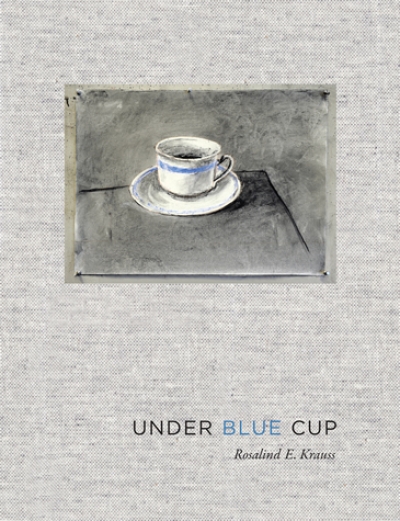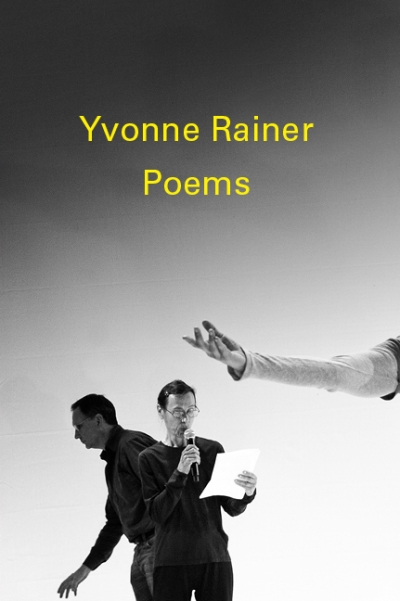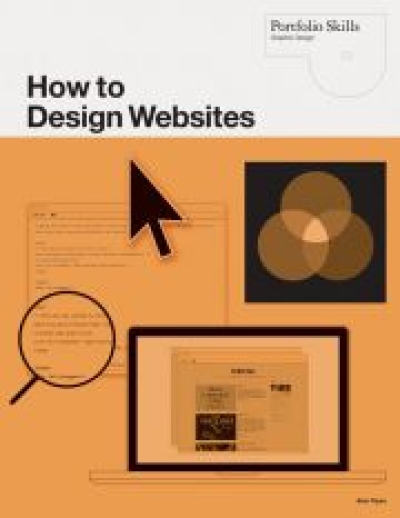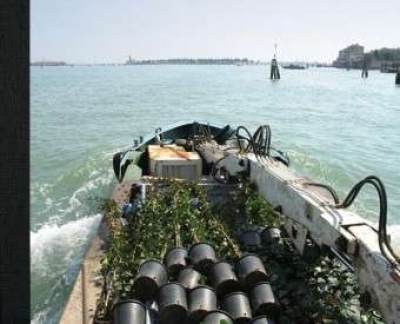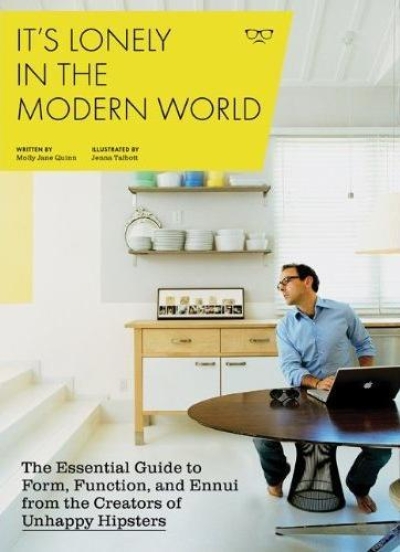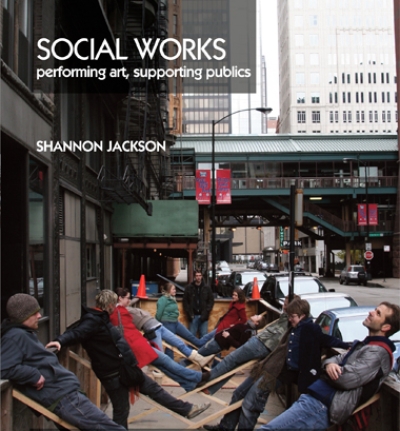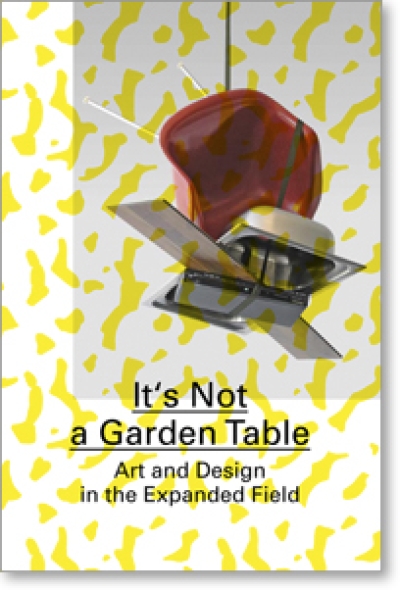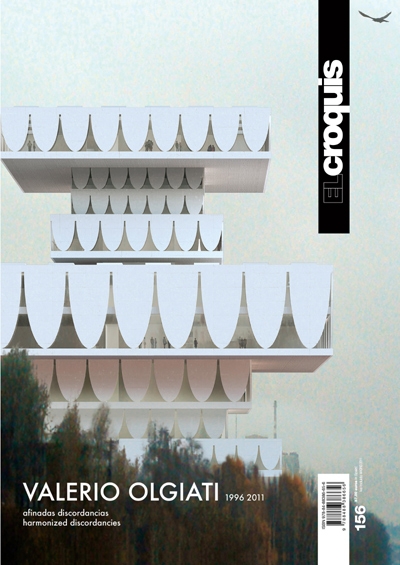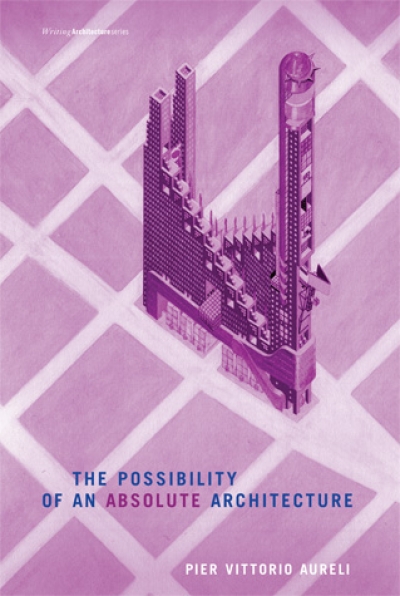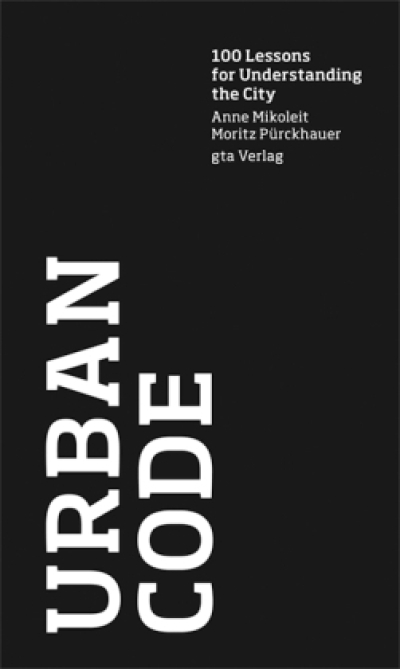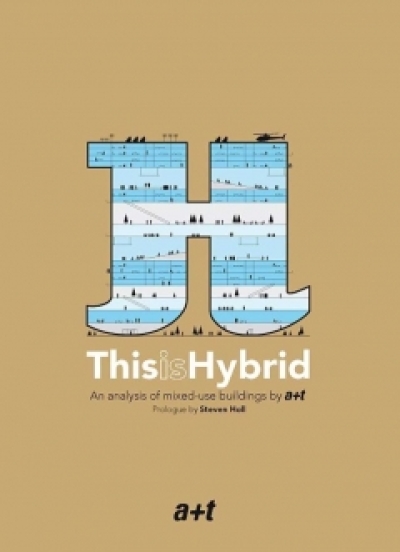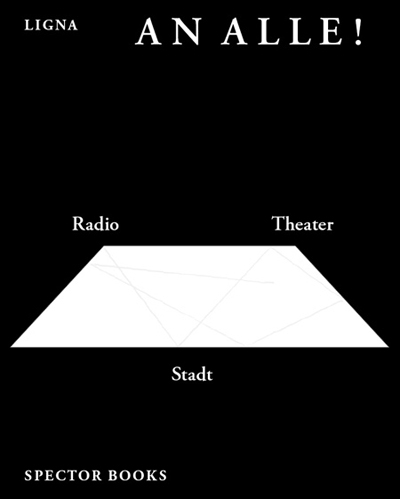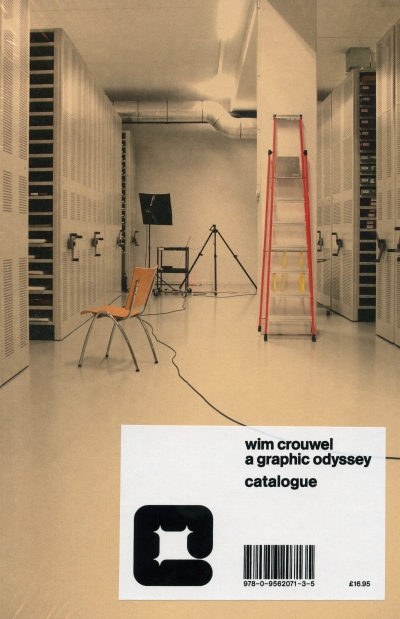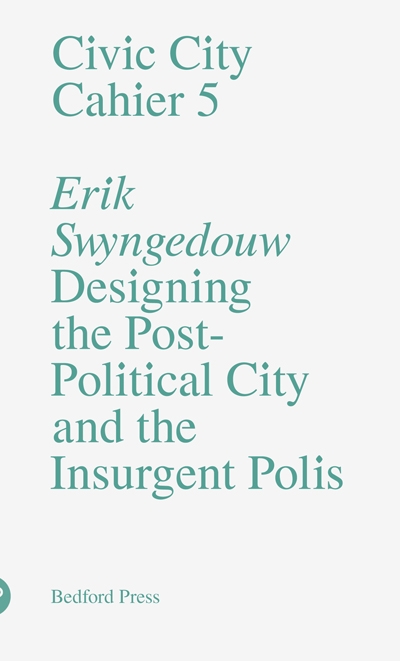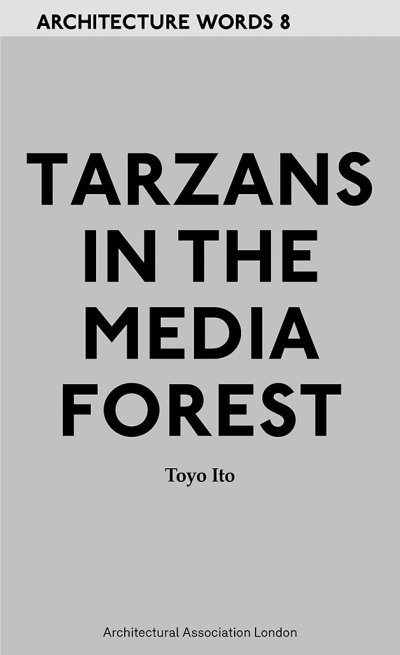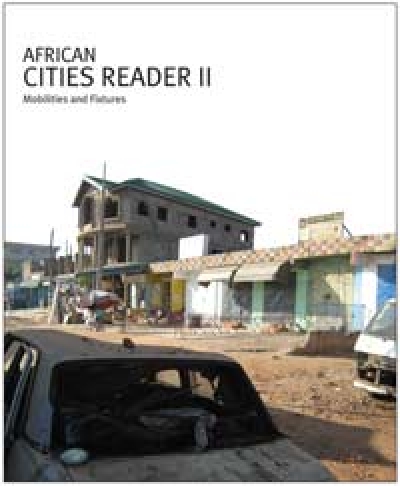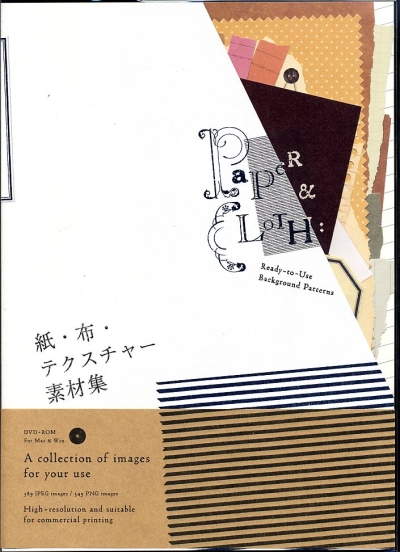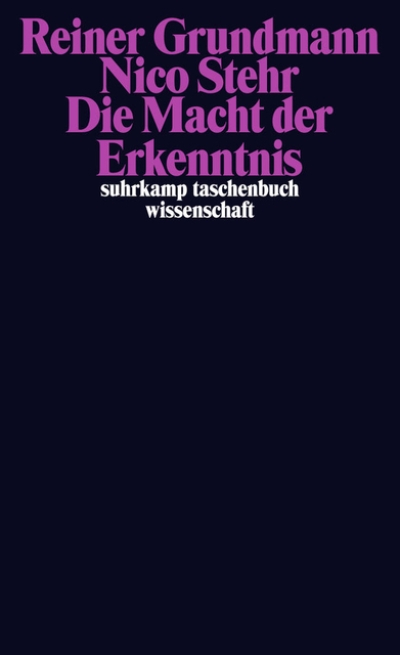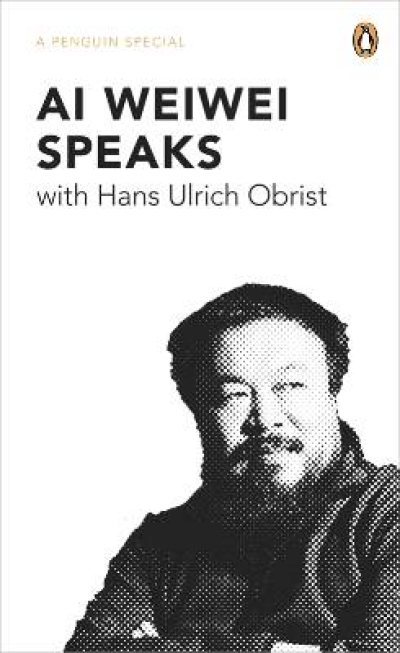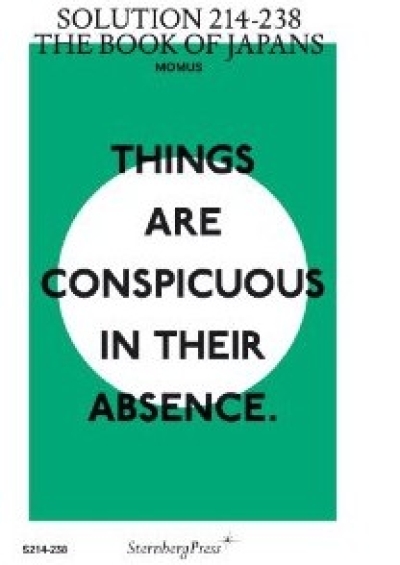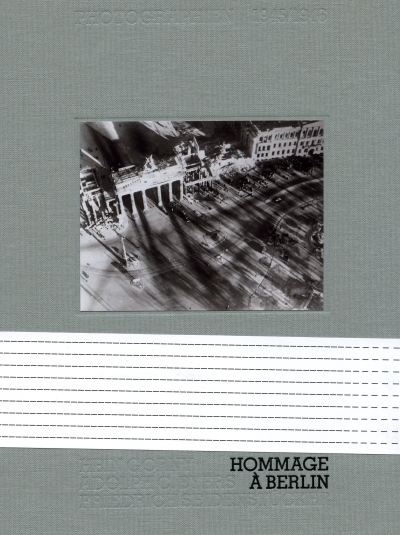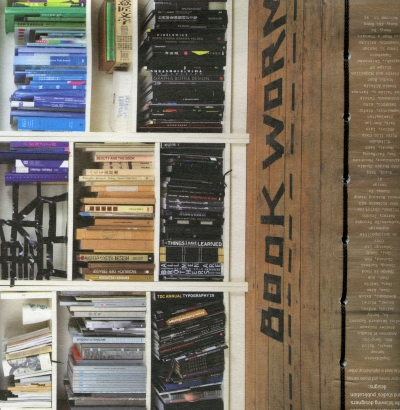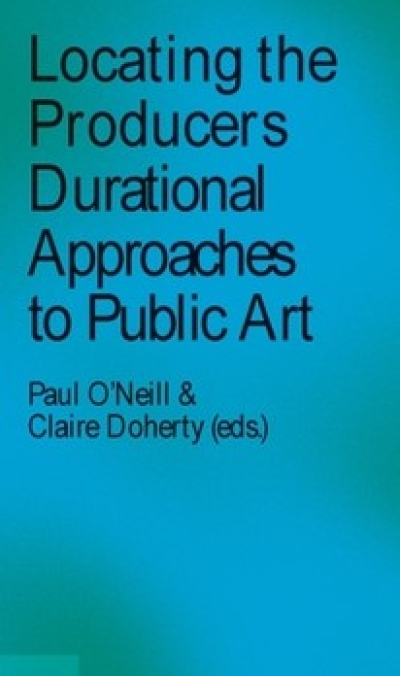Richard Dyer
In The Space Of A Song. The Uses of Song in Film
Rosalind E. Krauss
Under Blue Cup
Andres Lepik (Hg.)
Moderators of Change. Architektur, die hilft
Bechir Kenzari (Hg.)
Architecture and Violence
Roger Thiel
Anarchitektur
Charles Jencks
The Story of Post-Modernism
Toru Hachiga (Hg.)
Creatives in Japan. Keywords to Know
Paul Hegarty, Martin Halliwell
Beyond and Before. Progressive Rock since the 1960s
Susanne Neubauer
Paul Thek Reproduced, 1969 - 1977
Yvonne Rainer
Poems
Alan Pipes
How to Design Websites
Nick Land
Fanged Noumena. Collected Writings 1987-2007
Raúl Zibechi
Territorien des Widerstands. Eine politische Kartografie…
Paul De Bruyne, Pascal Gielen
Community Art: The Politics of Trespassing
Rem Koolhaas, Hans Ulrich Obrist (Hg.)
Project Japan. An Oral History of Metabolism
Florian Urban
Tower and Slab. Histories of Global Mass Housing
Roman Ondák
Loop
Marit Paasche, Judy Radul (Hg.)
A Thousand Eyes. Media Technology, Law, and Aesthetics
Wolfgang Sonne (Hg.)
Die Medien der Architektur
Museum für Gestaltung Zürich (Hg.)
Poster Collection 23. In Series
Barry Kernfeld
Pop Song Piracy. Disobedient Music Distribution Since 1929
Andrea Cornwall (Hg.)
The Participation Reader
Franco "Bifo" Berardi
After the Future
51N4E
Double or Nothing
Molly Jane Quinn, Jenna Talbott
It's Lonely in the Modern World
Thomas Meinecke
Lookalikes
Moritz Baßler, Robin Curtis, et al. (Hg…
Kultur und Kritik (Heft 1, Herbst 2012) POP
M. Berner, A. Hoffmann, B. Lange
Sensible Sammlungen. Aus dem anthropologischen Depot
Simon Rothöhler
Amateur der Weltgeschichte. Historiographische Praktiken im…
Gregor Eichinger, Eberhard Tröger
Touch Me! Das Geheimnis der Oberfläche
Gestalten (Hg.)
Visual Storytelling. Inspiring a New Visual Language
Christian Marazzi
Capital and Affects. The Politics of the Language Economy
Shannon Jackson
Social Works. Performing Art, Supporting Publics
Hal Foster
The Art-Architecture Complex
Thomas Hirschhorn
Establishing a Critical Corpus
Andrej Holm, Klaus Lederer, Matthias…
Linke Metropolenpolitik. Erfahrungen und Perspektiven am…
Lars Spuybroek
The Sympathy of Things
Jarett Kobek
Atta (Semiotext(e) / Intervention)
Stan VanDerBeek
The Culture Intercom
A. Moravánszky, J. Hopfengärtner (Hg.)
Aldo Rossi und die Schweiz. Architektonische…
metroZones (Hg.)
Urban Prayers – Neue religiöse Bewegungen in der globalen…
Marta Herford, Markus Richter (Hg.)
Wir sind alle Astronauten. Richard Buckminster Fuller
Jürgen Teller
Touch Me
Huber, Meltzer, Munder, von Oppeln (Hg.)
Kunst und Design im erweiterten Feld. It's Not a…
Lukas Feireiss,Ole Bouman
Testify! The Consequences of Architecture
Marie J. Aquilino
Beyond Shelter. Architecture for Crisis
El Croquis 156
Valerio Olgiati 1996-2011
Pier Vittorio Aureli
The Possibility of an Absolute Architecture
Anne Mikoleit, Moritz Pürckhauer
Urban Code. 100 Lessons for Understanding the City
Mieke Gerritzen, Geert Lovink, Minke…
I Read Where I Am. Exploring New Information Cultures
Matt Mullican
Notating the Cosmology 1973-2008
A. Fernández Per, J. Mozas, J. Arpa
This is Hybrid. An analysis of mixed-use buildings by a+t
Arno Brandlhuber, Silvan Linden (Hg.)
Disko 20-25 Architektur ohne Architektur
Craig Buckley, Jean-Louis Violeau (Hg.)
Utopie. Texts and Projects, 1967–1978
Anne König, Paul Feigelfeld (Hg.)
LIGNA. An Alle! Radio Theater Stadt
Jürgen Krusche, Günther Vogt
Strassenräume in Berlin, Shanghai, Tokyo, Zürich. Eine foto…
Wim Crouwel
A Graphic Odyssey - Catalogue
David Ake
Source. Music of the Avant-garde, 1966 - 1973
Murray Grigor
Infinite Space. Der Architekt John Launter. DVD
Yona Friedman
Architecture with the People, by the People
Erik Swyngedouw
Civic City Cahier 5. Designing the Post-Political City and…
Lars Lerup
One Million Acres & No Zoning
Toyo Ito
Tarzans in the Media Forest
M, Kelley, J. Shaw, Niagara, C, Loren
Destroy All Monsters Magazine 1976-1979
Ntone Edjabe, Edgar Pieterse (Hg.)
African Cities Reader II. Mobilities & Fixtures
M. Hlavajova, S. Sheikh, J. Winder (Hg.)
On Horizons. A Critical Reader in Contemporary Art
Michael Sorkin
All Over the Map. Writing on Buildings and Cities
Nadine Barth (Hg.)
German Fashion Design 1946-2012
Simon Reynolds
Retromania. Pop Culture's Addiction to its Own Past
Stan Allen, Marc McQuade (Hg.)
Landform Building
Fredric Jameson
Representing Capital. A Reading of Volume One
Magdalena Taube, Krystian Woznicki (Hg.)
Modell Autodidakt
e-flux journal
Are You Working Too Much? Post-Fordism, Precarity, and the…
PIE Books (Hg.)
Paper & Cloth. Ready-to-Use Background Patterns(+DVD)
McKenzie Wark
The Beach Beneath the Street. The Everyday Life and…
Pedro Barateiro, Ricardo Valentim (Hg.)
Activity (is to a group what content is to platform)
El Croquis 155
Sanaa 2008-2011
Laurie Anderson, Trisha Brown, Gordon…
Pioneers of the Downtown Scene
Curtis, Rees, White, Ball (Hg.)
Expanded Cinema. Art, Performance, Film
Kaminer, Robles-Dúran, Sohn (Hg.)
Urban Asymmetries
Nico Stehr, Reiner Grundmann
Die Macht der Erkenntnis
Hans Ulrich Obrist
Ai Weiwei Speaks
Abel, Evers, Klaasen, Troxler (Hg.)
Open Design Now. (why design cannot remain exclusive)
AA Bronson, Peter Hobbs
Queer Spirits
Momus
Solution 214-238. The Book of Japans
A. Avanessian, L. Skrebowski (Hg.)
Contemporary Art and Aesthetics
2G N. 57
Njiric+ Architekti
Lucia Nagib
World Cinema and the Ethics of Realism
Huda Smitshuijzen, Abi Fares (Hg.)
Typographic Matchmaking in the City
H. F. Mallgrave, D. Goodman
An Introduction to Architectural Theory. 1968 to the Present
D. Mertins, M. W. Jennings (Hg.)
G: An Avant-Garde Journal of Art, Architecture, Design and…
Alexander Bolton
Alexander McQueen. Savage Beauty
Marc Barbey (Hg.)
Hommage à Berlin. Photographien
Jianping He (Hg.)
Book Worm
Claire Doherty, Paul O'Neill (Hg.)
Locating the Producers. Durational Approaches to Public Art
Professur Theorie und Geschichte der…
Architecture in the Age of Empire / Architektur der neuen…
Garth A. Myers
African Cities. Alternative Visions of Urban Theory and…
Jean-Louis Cohen
Architecture in Uniform. Designing and Building for the 2nd…


